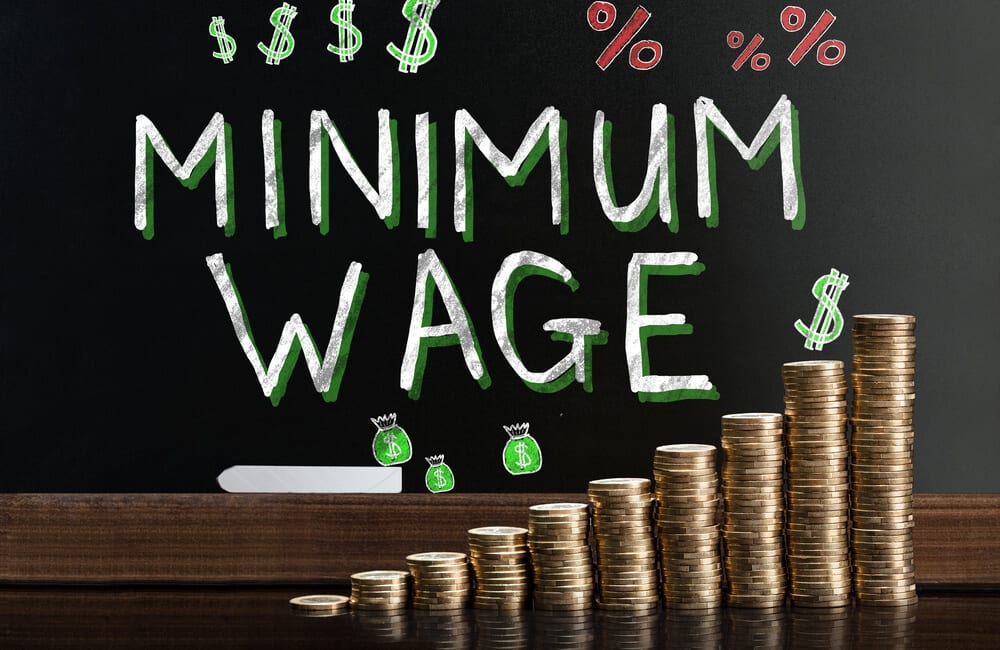The impact of minimum wage changes on American personal finances is a complex subject that influences various aspects of economic life in the United States. As the cost of living continues to rise, adjustments to the baseline pay rate have significant consequences on both individuals and the broader economy.
Understanding these changes is crucial for comprehending their effects on disposable income, poverty levels, and purchasing power. This blog post explores the nuances of how altering the least amount an employer must legally pay affects people’s financial situations and overall economic stability in the country.
Understanding minimum wage changes

Changes in the minimum wage adjust the legally required lowest pay for workers, influenced by political, economic, and social factors. These shifts impact earnings, business costs, employment rates, and consumer spending.
While higher wages enhance workers’ financial security, they can strain employers, affecting job availability. Gradual increases differ from sudden hikes in their effects on inflation and economic stability. Policymakers must carefully time and size adjustments to balance worker benefits with employer sustainability.
The effects on consumer spending
Adjustments to minimum pay impact consumer spending habits. Higher wages increase disposable income, boosting demand for goods and services, stimulating growth, and potentially creating jobs. However, rising labor costs may lead businesses to raise prices, contributing to inflation.
This balance between spending power and cost increases is crucial for economic stability. Wage hikes also influence savings and debt reduction, improving financial resilience. Well-planned wage policies can enhance both personal and national economic health.
The impact on poverty levels
Changes to the minimum wage directly impact poverty levels by helping lift individuals and families above the poverty line, reducing reliance on welfare programs. Higher wages enable workers to support households, access healthcare, and improve their quality of life, making wage policies crucial tools in fighting poverty.
However, in high-cost areas, wage increases may not sufficiently reduce poverty, and industries dependent on low-wage workers may face employment shifts. To address these challenges, targeted policies considering local conditions are essential. Coordinating wage adjustments with other initiatives like tax reforms can create a more comprehensive approach to poverty reduction.
Long-term economic implications
While immediate changes in the minimum wage draw attention, long-term effects are just as crucial. Sustained increases can boost living standards, strengthen economic resilience, and drive productivity. However, if wages outpace productivity, they may trigger inflation and reduce global competitiveness, leading businesses to cut costs through automation or outsourcing.
Effective wage policies must align with economic growth to ensure stability. By analyzing employment trends and business investments, policymakers can craft data-driven strategies that balance worker needs with economic sustainability.
Balancing wage policies with economic growth
Creating effective wage policies involves finding a balance between enhancing employee welfare and promoting economic growth. Policymakers must consider various factors, including inflation rates, productivity metrics, and regional economic conditions, to ensure that wage adjustments support broader economic strategies.
By fostering an environment where both workers and businesses can thrive, it is possible to enhance national economic health and reduce income inequality. To strike this balance, some strategies include implementing gradual wage increases, aligning them with economic growth rates, and ensuring that businesses have the support they need to adapt to rising labor costs.
Providing incentives for businesses to invest in training and development can enhance productivity, helping to offset increased wages and maintain competitiveness. Additionally, regional variations in baseline pay rates can be considered to address differing economic circumstances across states.
The collaboration between government entities, businesses, and labor organizations is essential in achieving effective wage policies. By engaging in dialogue and collaborative problem-solving, stakeholders can develop innovative strategies that consider the needs of all parties involved. This cooperative approach fosters a more harmonious and resilient economic ecosystem capable of supporting both individual prosperity and national development.
The future of wage regulation in America
The future of wage regulation in America will likely be shaped by evolving economic conditions, technological advancements, and societal expectations. As the labor market continues to change, with shifts towards remote work, automation, and gig economy roles, wage policies must adapt to address these new realities.
Crafting policies that are flexible and responsive to changes will be crucial in promoting economic resilience and supporting workers in diverse employment scenarios. In the coming years, discussions around wage regulations may increasingly focus on broader economic justice issues, such as gender and racial pay gaps.
Ensuring that wage policies promote equality and fairness across all demographic groups will be vital for creating a more inclusive economy. This focus on equity will drive policy innovations aimed at addressing structural inequalities, enhancing opportunities for all workers. Ultimately, the trajectory of wage regulation in America will depend on a balanced approach that considers immediate needs and long-term goals.
By engaging in data-driven policy formulation and fostering collaboration among stakeholders, the country can navigate the complexities of wage adjustments, ensuring that the benefits of economic progress extend to all citizens. The ongoing dialogue and research into wage policies will remain crucial in shaping a more prosperous and equitable American economy.

